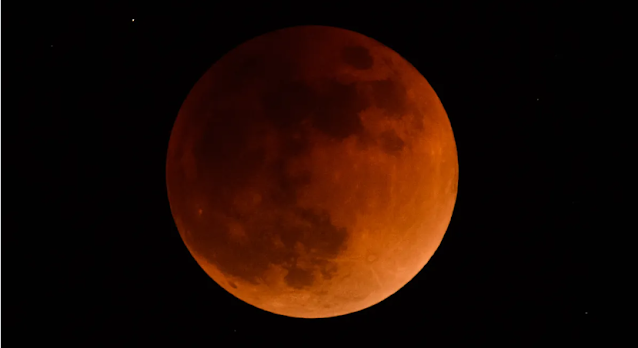After the very pretty
partial Solar Eclipse last week, we are getting a total lunar eclipse, as the
eclipses come in pairs. Our natural satellite will cross into the shadow of the
Earth, darkening it first before assuming the characteristic crimson color of
this type of eclipse.
Billions of people will
be able to see it, weather permitting. The portion of the planet excluded will
be Europe, Africa, the Middle East, and all of Antarctica – however, people in
North America, East Asia, Australia, New Zealand, and across the Pacific Ocean
will have a fantastic view of the phenomenon.
The event will begin at
8:02 UTC on November 8, with the Moon entering the penumbra of the Earth.
Totality will begin over two hours later and it will last about 85 minutes.
Unlike total solar eclipses that are over in a matter of minutes, lunar
eclipses are a more prolonged affair – and in this one, the Moon will also
occult the planet Uranus, coincidentally located along the lunar path in the
sky, this month.
The most fascinating
fact about total lunar eclipses is that, while in complete shadow, the Moon
becomes red. The reason for this is the same as why sunsets and sunrises are
red: The atmosphere filters and scatters sunlight in a peculiar way. Blue light
is scattered less than red, so when the Sun is high in the sky, the sky appears
blue. When the Sun is low on the horizon, we get the redder tones typical of
dawn and dusk.
The weird scattering
affects the color of the Earth's shadow a little bit. While the atmosphere is
just a slither of filtered light going through it, the Earth casts a
blood-colored shadow. With other light presents, you can’t tell. So during the
partial phases of a lunar eclipse, the shadow will appear black – but once the
Moon is almost completely covered, the redness comes through, and we can’t tell
exactly at which point that will happen.
If the sky above you is
cloudy or you’re not where the eclipse is visible, worry not. You can watch it
online with our friends at the Virtual Telescope project.





0 Comments